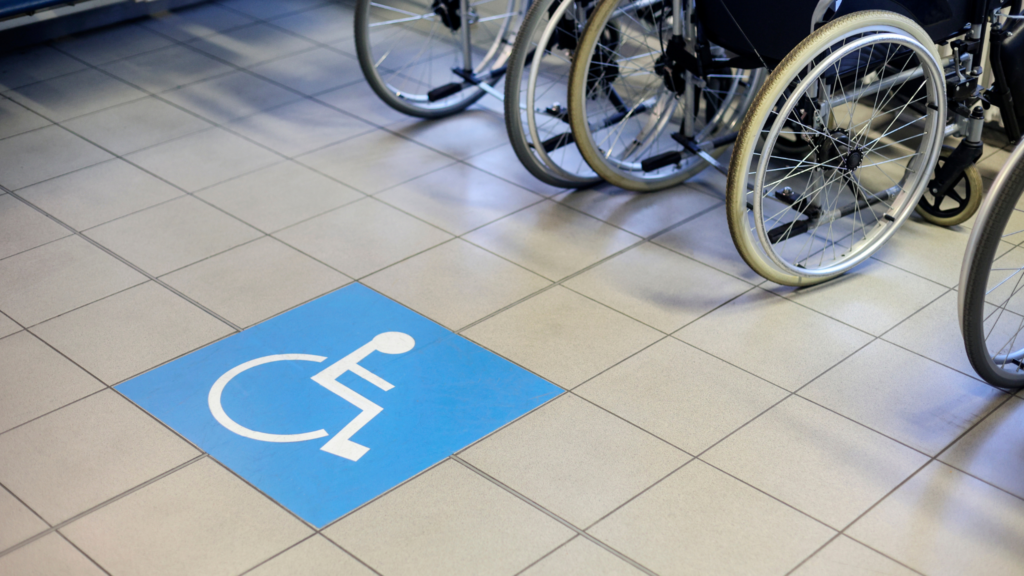Improving Accessibility: How Wheelchair-Friendly Designs Are Transforming Public Spaces
In today’s world, it is essential to prioritize inclusivity and ensure that public spaces are accessible to everyone, regardless of their mobility. Wheelchair-friendly designs have become a revolutionary way to transform public spaces and make them more accessible for individuals with disabilities. These designs go beyond mere compliance with regulations; they aim to create comfortable, convenient, and empowering environments for all.
Gone are the days when people using wheelchairs faced numerous barriers in public spaces, limiting their freedom to explore and enjoy these areas. With the advent of wheelchair-friendly designs, public spaces are becoming more inclusive, allowing everyone to participate actively and independently in various activities.
One of the key elements of wheelchair-friendly designs is the provision of ramps and elevators. Ramps allow people using wheelchairs to enter and exit buildings with ease, eliminating the need to navigate stairs. Elevators provide vertical access to different levels, further enhancing the overall accessibility of public spaces. These simple yet significant additions ensure that individuals with disabilities can move around freely and conveniently.
Furthermore, wheelchair-friendly designs also focus on creating spacious pathways and ensuring that there is ample clearance for wheelchair users to move around comfortably. Widening doorways, installing automatic sliding doors, and providing appropriately sized corridors are crucial aspects of this approach. These adjustments make it easier for individuals using wheelchairs to navigate through buildings, reducing the risk of accidents or collisions.
Public spaces like parks and recreational areas are also undergoing transformations to become more wheelchair-friendly. The implementation of smooth and even pathways with non-slip surfaces ensures that wheelchair users can enjoy outdoor spaces and connect with nature without any limitations. Additionally, installing accessible seating areas and wheelchair-friendly play equipment promotes inclusivity, making it possible for individuals with disabilities to partake in leisure activities alongside their friends and family.
Moreover, accessible restroom facilities are another vital aspect of wheelchair-friendly designs. Ensuring that restrooms are spacious and equipped with necessary fixtures and accessories significantly improves accessibility. Features such as grab bars, lowered sinks, and properly placed mirrors contribute to an independence-oriented environment for people using wheelchairs.
In recent years, technology has played a significant role in making public spaces more accessible for individuals with disabilities. Smart devices and assistive applications aid in providing real-time information about accessible routes, elevators, accessible parking spots, and other essential details that assist people in planning their visits. Additionally, voice-guided instructions and audio announcements enable those with visual impairments to navigate public spaces confidently.
The transformation of public spaces with wheelchair-friendly designs not only benefits individuals with disabilities but also fosters a more inclusive and empathetic society. It sends a strong message that every person, regardless of their mobility, has a right to enjoy and participate fully in community life. These designs encourage social inclusion, strengthen diversity, and promote a sense of belonging for individuals with disabilities.
While numerous public spaces have embraced wheelchair-friendly designs, there are still many areas that need improvement. Governments, architects, and community leaders must continue to prioritize accessibility and work towards making all public spaces universally accessible. Implementing and enforcing regulations that govern accessibility standards can ensure that all new projects incorporate wheelchair-friendly designs at the very beginning.
In conclusion, the implementation of wheelchair-friendly designs in public spaces has been a transformative movement for individuals with disabilities. The provision of ramps, elevators, spacious pathways, accessible restrooms, and technology-enabled solutions are revolutionizing the way people with mobility challenges interact with their surroundings. By making public spaces more accessible, we create a society that values inclusion, diversity, and the equal rights of all individuals.
![]()






